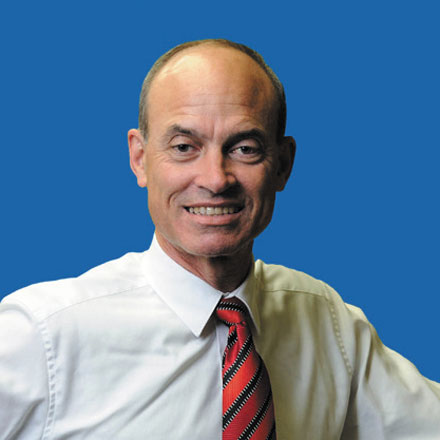
Guy Barnett
Tasmania’s Tarkine region is heralded by land rights activists for its high environmental and cultural value, however, the area also holds value to industries with the power to make or break the state government’s bottom line. Source: The Advocate
Government Business Enterprise Forestry Tasmania posted a loss of $67 million in the 2015-16 financial year and Resources Minister Guy Barnett said a boost in the supply of economically viable wood could prevent future losses.
Mr Barnett thinks the solution is to open up about 356,000 hectares of Future Potential Production Forest for harvesting from 2018. About 100,000 hectares of the forest sits within the Tarkine and could be harvested by private investors if the state government’s Forestry (Unlocking Production Forests) Bill is passed.
As parliamentary debate of the bill continues, businesses like Britton Timbers in Smithton have been left to wonder what their future will look like. Britton Timbers employs more than 80 people and relies on Forestry Tasmania to supply high quality wood for furniture manufacturing.
“If we can’t source the required volume of 35,000 cubic meters to keep our production running full time all of a sudden our production becomes inefficient,” Britton Timbers director Shawn Britton said.
“Then as volume drops off people look to other sources, so we’ve got lots of regular customers and if they’ve got to find supply off other people, whether its Australian or imported, once they’re gone it’s very difficult to get them back.”
Environmental activists have been camping at the site of a Forestry Tasmania coupe in the Tarkine since February this year. The group aims to prevent Forestry Tasmania from accessing coupes earmarked for logging under an existing three-year wood production plan.
Under the state government’s proposed new forestry legislation Forestry Tasmania would remain permitted to complete operations in a number of “transition coupes”, however, the remaining Future Potential Production Forest would become Production Forest Land for harvesting by private investors.
Forestry Industry Association of Tasmania chief executive Terry Edwards said FIAT would not support the legislation. He said ongoing debate over the sustainability of the industry could damage the state’s position on the market.
“It will create unnecessary sovereign risk in log supply and problems in our markets and a return to the ‘forestry wars,” Mr Edwards said in March.
Forestry isn’t the only industry that utilises the Tarkine for its valuable resources. Towns on Tasmania’s North-West and West Coast have been built around iron-ore and tin mines, while agriculture and tourism operations in the region remain consistently profitable.
Mr Barnett has acknowledged that there are benefits to expanding these industries alongside forestry.
Former Cradle Coast Authority regional tourism manager Ian Waller spent 15 years in his role and said industry expansion in the Tarkine needed to be balanced.
“If it is so special, we want people to see, we want people to experience it, we want people to be in awe of what they see but also we need to ensure that it’s protected in some capacity so it’s not only those people that are seeing it, but it’s their kids and their kids and their kids that get the chance to experience it,” Mr Waller said.
“I don’t want to destroy one industry for the sake of another and I think there’s got to be a way to find an appropriate balance that sees those industries working in some level of harmony.”
Tasmanian Wilderness Society campaigner Vica Bayley said increased forestry operations could jeopardise the state’s global image. He said Tasmania’s protected areas underpinned the value of the tourism market.
“What people are increasingly beginning to understand is the destructive nature of this legislation on Tasmania’s brand, which is predominantly a nature based, clean green brand,” Mr Bayley said.
“We’ll continue to talk to and work with industry, markets, certified bodies and the Tasmanian and Australian community so they know these forests are much more valuable standing up then they are as logs.”
Under proposed legislation private investors would need to present a certified forest practices plan in order to conduct native timber harvesting in the Tarkine. They would also need Forestry Practices Authority and Crown Land Services approval.
“Any forestry operations will meet the highest standard and can only go ahead with FPA approval and they are independent,” Mr Barnett said. “The challenge is to get the balance right and this legislation will do that by stopping subsidies and creating a sustainable future.”
Most interest groups have expressed a willingness to balance alternative practices in the Tarkine.







